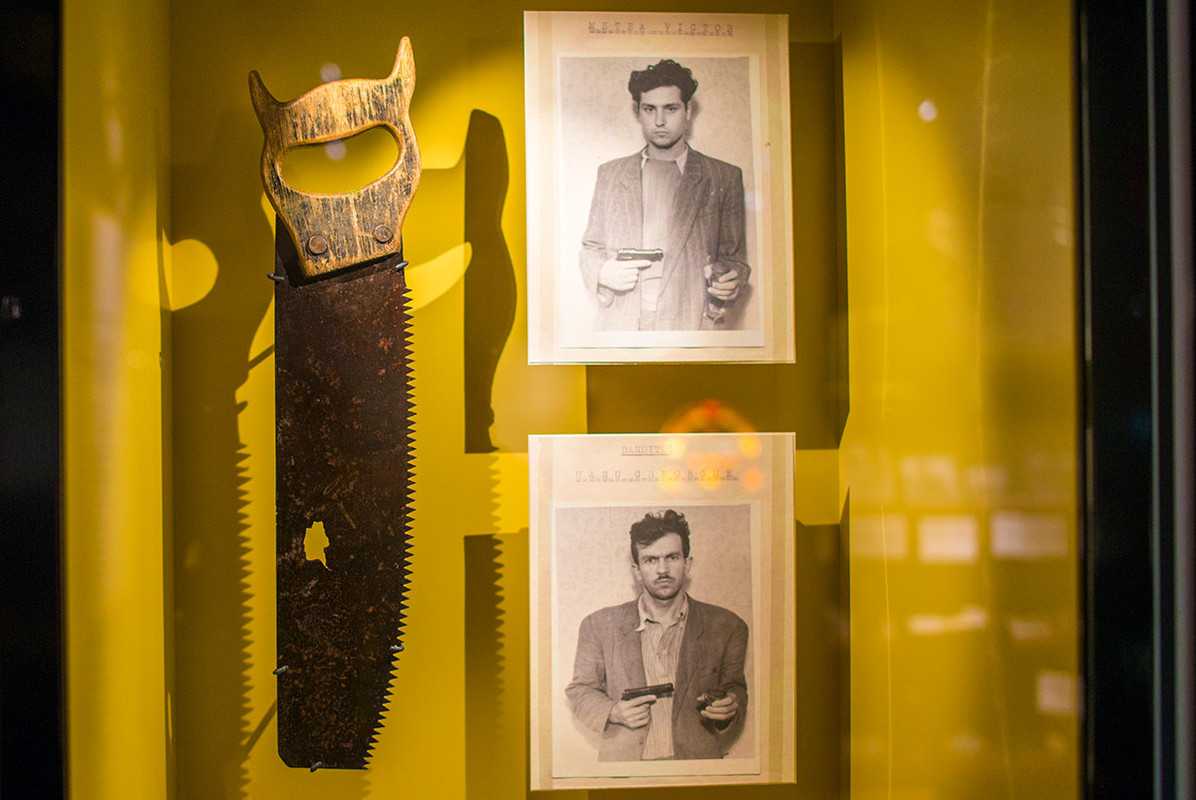- Daily & Weekly newsletters
- Buy & download The Bulletin
- Comment on our articles
Restless Youth explores how young people shaped European history
Every generation has its protest movements - and an exhibition at Brussels' House of European History explores four such periods through a rich collection of physical objects and historic audiovisual material.
Restless Youth, Growing up in Europe 1945 to Now, looks at four generations of young people who came of age at key moments in the European story: the late 1940s, the 1960s, the 1980s and the 2000s.
"In the past 70 years, young people in Europe have gone from being a group to whom history happened, to a group that actually makes history," the curators say.

A subject that most Western Europeans might not be familiar with is the extent of youth unrest in the Soviet bloc. The show surprises with examples of youth protest in the east, such as Russian punk outfits and a map of Czechoslovakia produced by the authorities which shows - county by county - which places have the highest percentages of young males with long hair.
"We're very lucky to have assembled a collection of really super objects," says lead curator Kieran Burns, "from fashion to mopeds to music technology to music history, which tell the story of youth and youth culture."

Highlights include a jacket worn by John Lennon during the recording of With the Beatles in 1963, and examples of punk outfits from both east and west in the 1980s.
"Going back to the 50s, we talk about teddy boys and teddy girls," Burns adds. "So we have quite an interesting and rich selection of objects, as well as multimedia, including films and the music of the times. So we have soundscapes in our exhibition, which are designed to immerse the visitor in that particular era.
"The exhibition is very interactive as well - we use radio and cinema in the 1940s. In the 60s we use TVs to tell the story, in the 80s we use the music video, and in the 2000s we use the internet."

For young people, there are interactive learning zones including the opportunity to write love letters in the 40s, try on the fashions of the 60s, create badges in the 80s and your own protest banners in the 2000s.
At the end of the exhibition, you will find a device they are calling the Recollector, where visitors can share their memories of growing up during any one of these periods. These memories will become an archive.
The House of European History is open seven days a week and is free of charge, both for the permanent and temporary exhibitions.
Restless Youth, until 29 February 2020, House of European History


















